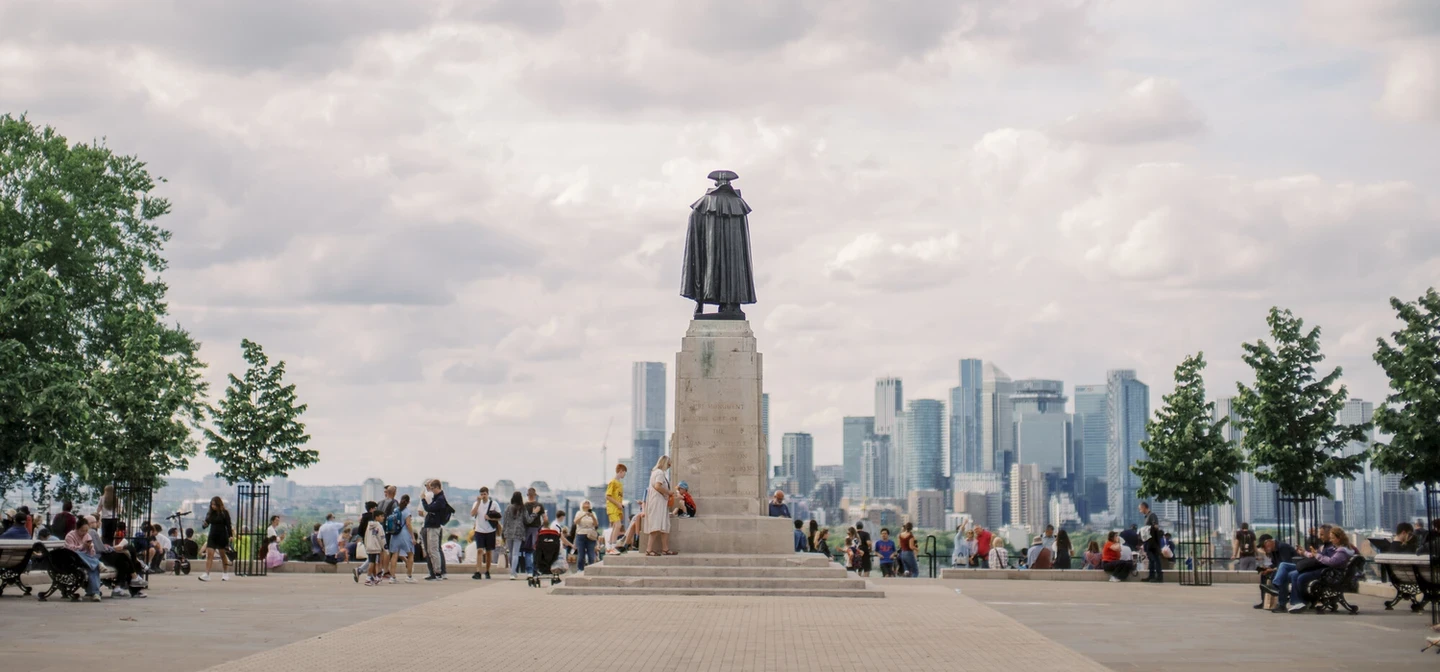
General Wolfe at Greenwich Park
On 5 June 1930, a large crowd gathered at the top of the Grand Ascent in Greenwich Park. Among them were leading diplomats, politicians, naval officers and members of the nobility from Britain and Canada. They had come to the park to celebrate the unveiling of a new statue – a gift from the Canadian people.
This gift, described by King George V (1865-1936) as an ‘act of generosity’, was a new sculpture of General James Wolfe (1727-1759). Wolfe had led the British to victory at the Battle of Quebec in 1759, paving the way for British conquest in Canada.
But why was General Wolfe commemorated in Greenwich Park? And what made the unveiling of his statue such an important diplomatic occasion?
Who was General Wolfe?
James Wolfe was born in the Kent village of Westerham in 1729. His father, Edward, was an officer in the British Army. In 1738 the family moved to Greenwich to be closer to London. Their new home was very close to Greenwich Park.
In 1741, when he was just fourteen years old, James followed in his father’s footsteps and joined the British Army. He participated in several major campaigns, including the Battle of Culloden in 1746, fought between Scottish Jacobites and the ultimately victorious forces of the British government.
Wolfe distinguished himself on the battlefield, leading to his appointment as Major-General in command of the so-called ‘Quebec expedition’ – the British campaign to seize Quebec from the French during the Seven Years War (1756-1763).
This global conflict, which some have called the original ‘world war’, saw European powers battling for control of territories around the world – particularly in North America and India.
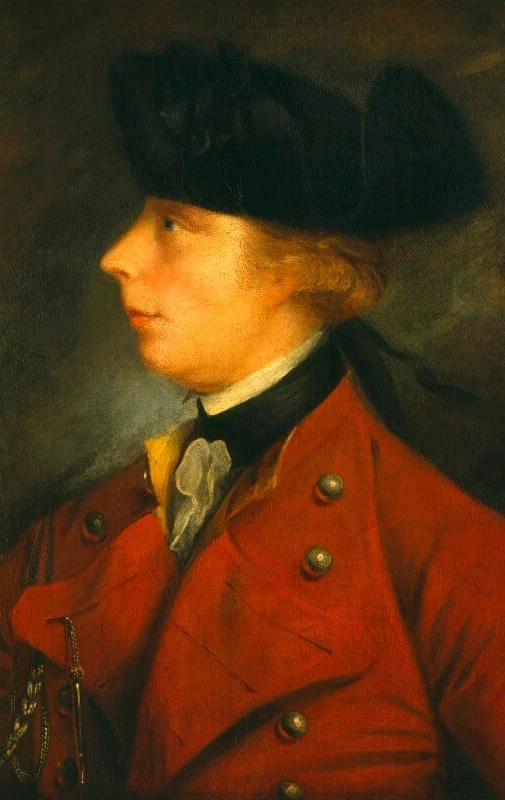
What happened at the Battle of Quebec?
Though it followed a three-month siege by the British, the Battle of Quebec lasted only around an hour. On 13 September 1759, Wolfe’s troops surprised the French by landing close to the city at night and scaling steep cliffs to reach the Plains of Abraham – an open field outside their fortifications.
Wolfe had ordered his men to double-load their muskets – their fire drove the French back. Wolfe died from wounds received in the battle, as did the leader of the French forces – Louis-Joseph, the Marquis de Montcalm (1712-1759).
The British and their Prussian allies were ultimately victorious in the Seven Years War, while France and Spain lost many of their territories.
What happened after the Battle?
Wolfe’s victory over the French turned him into a great hero of his day. When news of his victory was announced, bells rang out in celebration across Britain and jubilant crowds spilled into the streets. New poems, songs and paintings paid tribute to Wolfe’s victory.
A particularly well-known painting by Benjamin West dramatically imagined the scene of Wolfe’s death – it has been called the most famous image of the 1700s. Thousands queued down the street to see it when it was displayed at London’s Royal Academy in 1771.
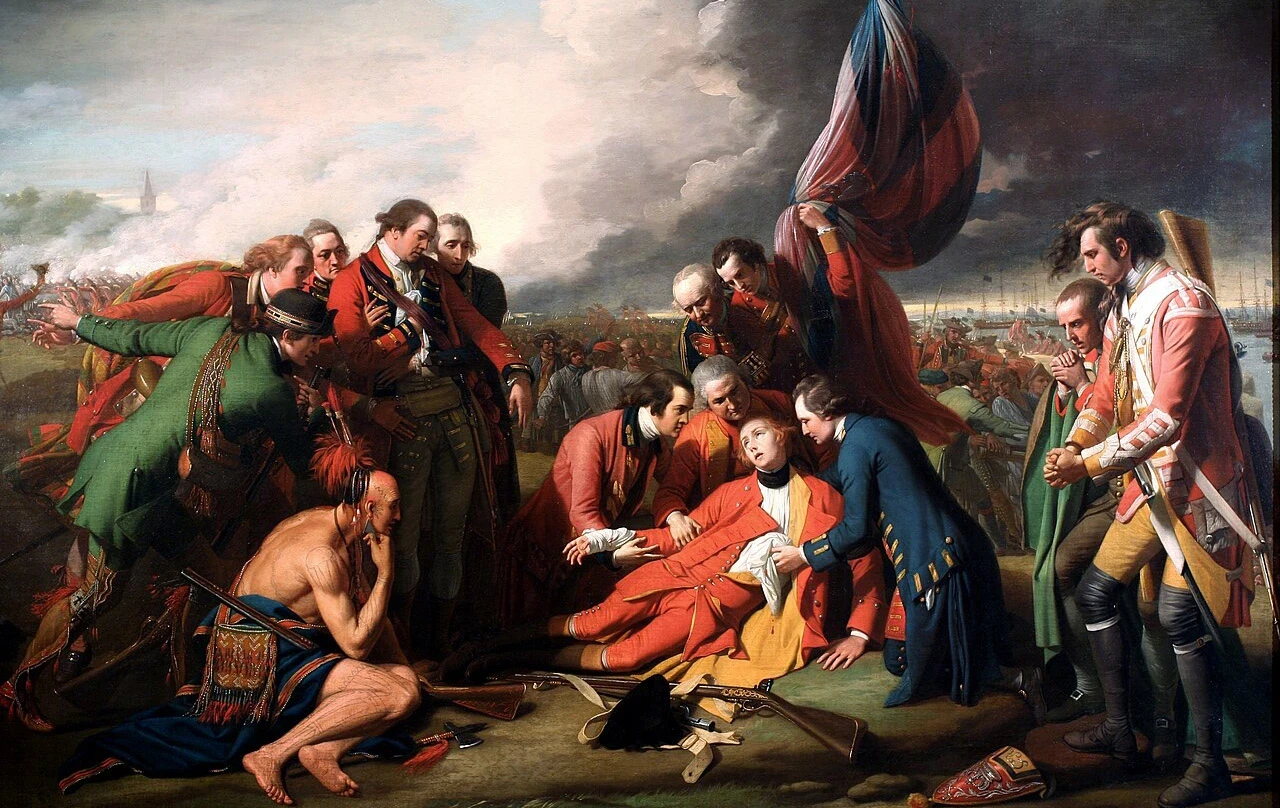
What happened in June 1930?
In the early decades of the twentieth century, there was a campaign to raise funds for a new statue of General Wolfe. The project was delayed due to the war, but a new statue was eventually commissioned.
This took on an extra layer of significance after the First World War, due to the fraternal suffering of British and French troops in the trenches – high-ranking French officials were involved in the campaign to erect the statue, as well as British and Canadian figures.
The work of Canadian sculptor Robert Tait McKenzie (1867-1938), the statue was presented to Britain as a gift from the Canadian people. It was finally installed in Greenwich Park in the summer of 1930.
Movingly, the statue was unveiled on 5 June by the Marquis de Montcalm – a descendent of Wolfe’s battlefield opponent. In his speech, the Marquis said:
At the time when you were erecting a monument, to the imperishable glory of Wolfe, you in your great courtesy associated with his name that of his glorious adversary.
It is the fate of these two heroes, who have both shed their blood in the service of their country to be for ever united in the memory of men…
Both leaders were mourned and respected, and at their tombs the citizens of two great peoples, adversaries yesterday, friends to-day, pay homage.
Many eminent figures from Britain and Canada attended the unveiling ceremony, which was broadcast across both countries on the radio. King George V (1865-1936) even sent a message, expressing his thanks to the people of Canda for their generous gift.
The statue, which still stands proudly in Greenwich Park, is an enduring mark of the friendship between the British and Canadian people.
Wolfe at Greenwich Park
Wolfe has an important connection to Greenwich. His family owned a house on the western edge of Greenwich Park, where he enjoyed spending time. He once said that the air ‘blows nowhere clearer’ than in the park.
In 1752, Wolfe wrote a letter to his father from France. He described visiting the famous Tuileries Gardens in Paris, which he found ‘disagreeable’, saying that Greenwich Park was ‘infinitely superior’!
After the Battle of Quebec, Wolfe’s body was returned to Britain and laid to rest at St. Alfege Church in Greenwich town centre.
How is Wolfe seen today?
Though Wolfe was traditionally seen as a great military hero in Britain, he is not a universally celebrated figure. To the French, Wolfe was the leader of enemy forces and his troops were responsible for acts of violence – civilians in Canada were killed and injured as a consequence of his campaigns.
In Canada, both on the French and English side, Wolfe’s symbolic heritage is of great importance: he represents the transfer of the territory of New France into British hands.
In more recent years, historians and academics have looked at the role that First Nations in Canada played in the Battle of Quebec. Members of Canada’s indigenous people fought with the French, believing that the latter would be more generous towards their people than the British.
While more First Nation groups fought alongside the French, some did side with the British. In Benjamin West’s famous painting of 1770, The Death of General Wolfe, a First Nation warrior can be seen on the left-hand side of the canvas.
It is important to remember that the land being fought over by the French and the British was the ancestral land of the First Nation people, and their main objective was to preserve it rather than serve a foreign power.
Can you spot the scars of war?
A much later conflict left its mark on the statue of Wolfe at Greenwich Park.
The figure of Wolfe stands on a plinth. On the reverse of the plinth, you can spot a series of holes – these were created by shrapnel when a bomb landed nearby during the Second World War.
The damage has been left intact to serve as a reminder of the war.
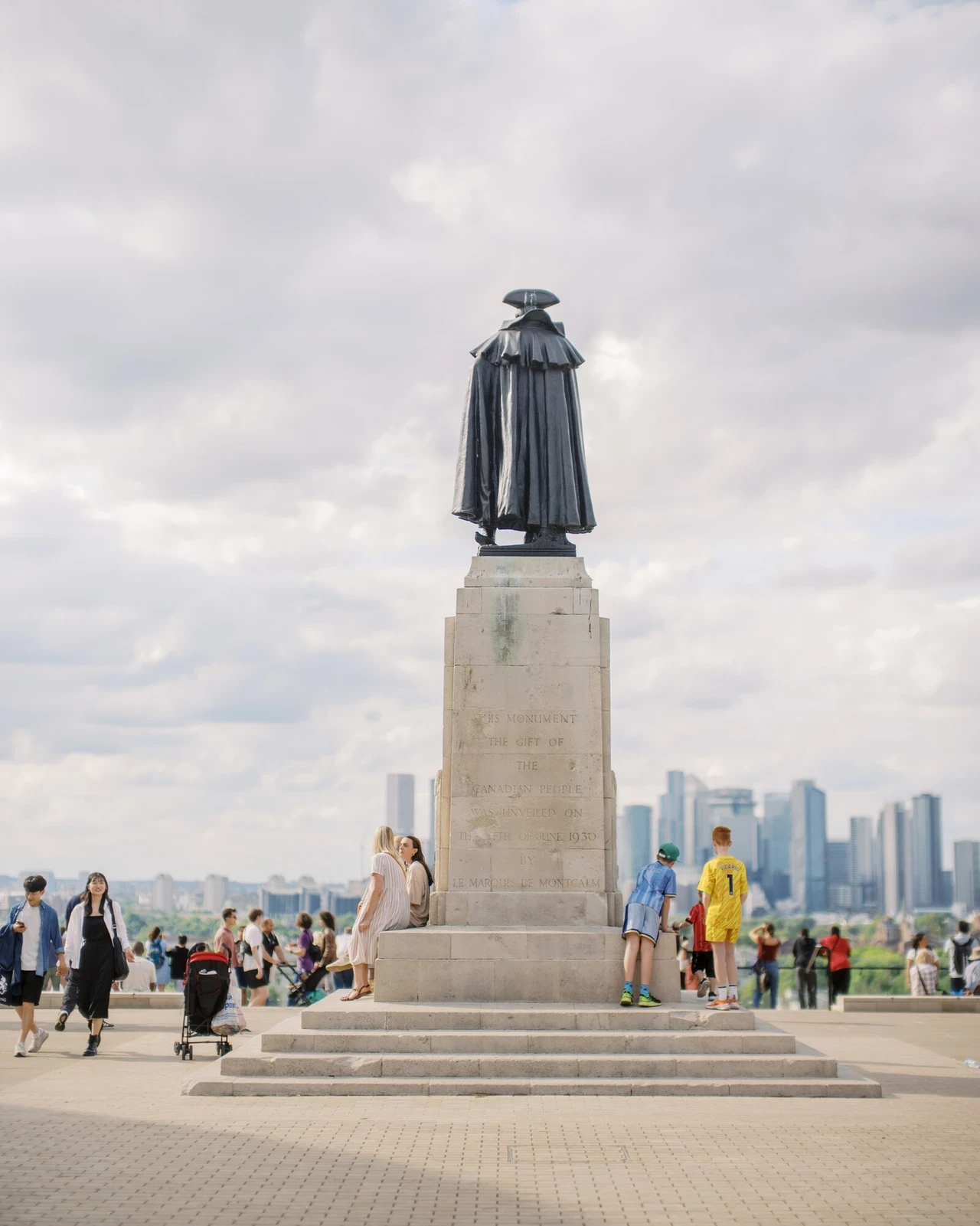
Discover more…
If you’d like to find out more about general Wolfe, why not visit…
St. Alfege Church, Greenwich
Wolfe is buried in the crypt beneath this historic church in Greenwich Town Centre. It was designed by celebrated architect Nicholas Hawksmoor and completed in 1714, replacing a much older church with medieval origins. Visitors can view the crypt on special tours led by volunteers.
Quebec House, Kent
Located in the Kent village of Westerham, Wolfe’s childhood home is now managed by the National Trust. It is filled with paintings and artefacts telling the story of Wolfe’s life and career.
With thanks to the staff of The National Battlefields Commission, Canada.
Related Articles
-
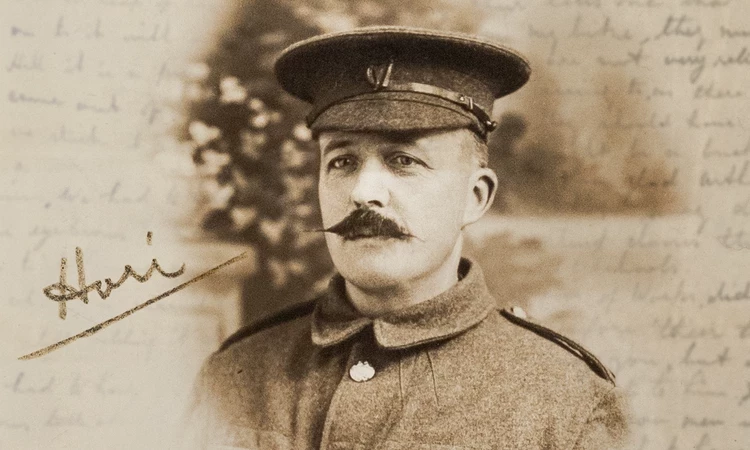 Read
ReadA digital exhibition about Hori Tribe
A digital exhibition about Hori Tribe, a propagator at Greenwich Park, who left to fight in the First World War.
-
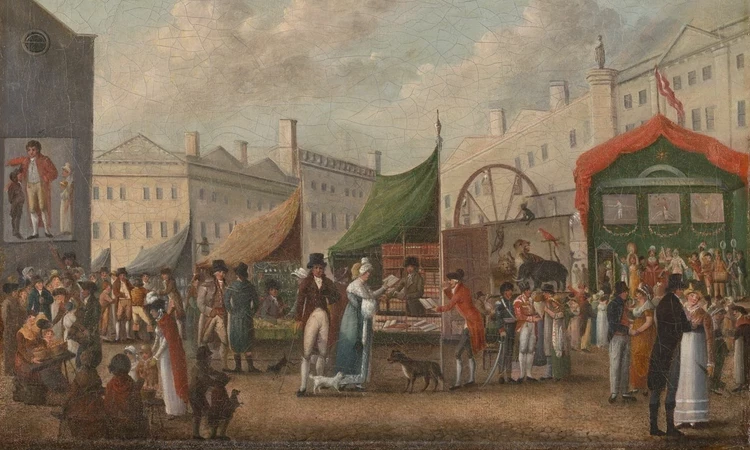 Read
ReadCharles Dickens at Greenwich Fair
Over the centuries, many famous writers have found inspiration at Greenwich Park. Perhaps the most celebrated is Charles Dickens (1812-1870).
-
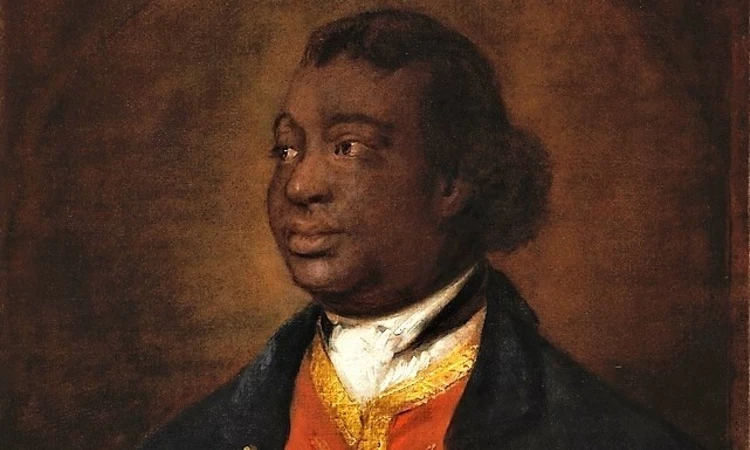 Read
ReadRemembering Ignatius Sancho
Ignatius Sancho was a writer, composer and abolitionist who lived on the edge of Greenwich Park, and became the first black person to vote in Britain.